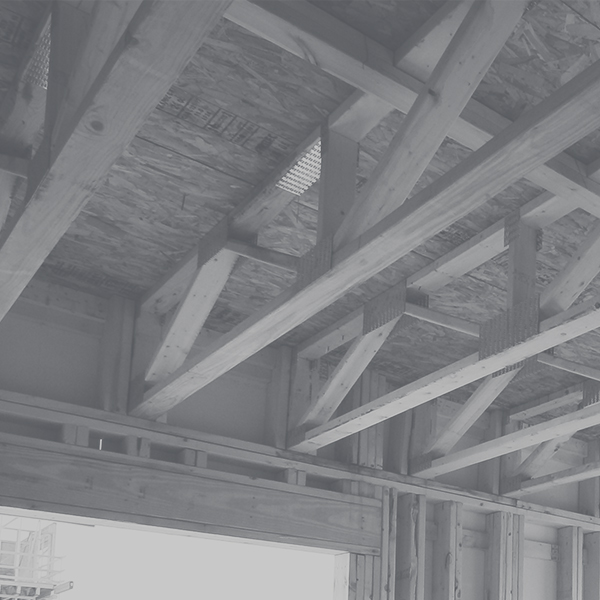On March 6, 2023, Schaefer submitted its commitment letter to join in Structural Engineers 2050 Commitment Program (SE 2050).
What is SE 2050 Commitment?
SE 2050 is a program focused on minimizing (+ eventually reaching net zero) embodied carbon in structures by collaborating with the people who design them: structural engineers. The program was developed by American Society of Civil Engineers (ASCE) Structural Engineers Institute (SEI) Sustainability Committee with the goal of net zero embodied carbon structural systems by 2050.
What is embodied carbon?
Embodied carbon is the sum of greenhouse gas emissions associated with the manufacture + use of a product or service. You may see this measured by the unit global warming potential (GWP). All structures have embodied carbon that is created through their construction, maintenance + demolition.
How do we reduce embodied carbon?
There isn’t one easy way to reduce embodied carbon. Here are a few techniques.
- Deliver efficient designs (over-designed projects often use more material). This is already part of Schaefer’s culture and can be a win-win for the team – less material can lower overall construction cost.
- Design with lower carbon materials.
- Use recycled materials and/or reuse materials.
- Renovate existing facilities vs. building new.
- Use biomimicry – design to mimic efficient structures in nature.
Why is Schaefer joining the SE 2050 Commitment?
SE 2050 aligns with Schaefer’s sustainability initiative to deliver sustainable design enhancing communities of today + tomorrow. Embodied carbon emissions affect the health of our communities. The architecture/engineering/construction industry, and we as structural engineers, can make a difference.
- Our industry contributes to roughly 30% of all global carbon emissions.
- Structural material production contributes to 10+% of global carbon emissions.
- 50+% of the embodied carbon in a building comes from the structure.
As structural engineers, we can make an impact on the triple bottom line of sustainability: economic, social + environmental.
What will Schaefer do next (as part of SE 2050 Commitment)?
We’ll submit structural embodied carbon data from several of our projects. This information, collected from structural engineering signatories across the country, will give data points for the industry to analyze + determine impacts + trends with the ultimate goal to find opportunities to reduce embodied carbon.
We’ll also complete an embodied carbon action plan (ECAP) that will be published on the SE 2050 Commitment’s website. The ECAP will outline:
- Our efforts for firmwide embodied carbon education + reduction strategies
- How we’ll report our projects’ embodied carbon emissions
- How we’ll advocate for sustainability + SE 2050 within our industry
We’re committed to learning + leading sustainable design through innovative + accessible strategies + client collaboration. By championing sustainability in our projects + business practices, we can educate our communities on designs that meet the demands of today, while being conscious of the demands of the future.




